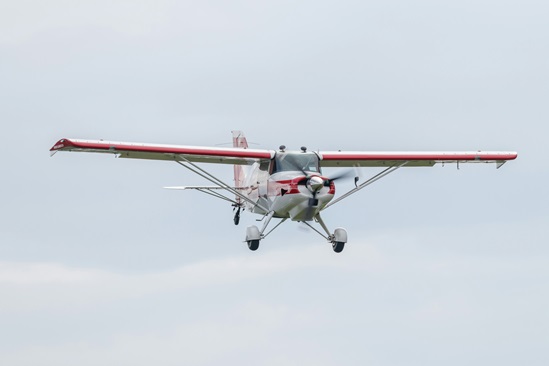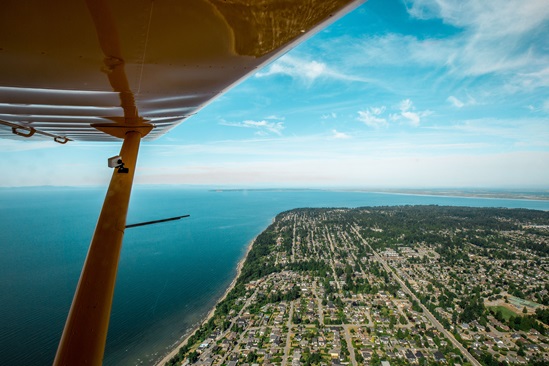AOPA News: 2017 Fly-In locations, dates announced
Fourth year kicks off in California
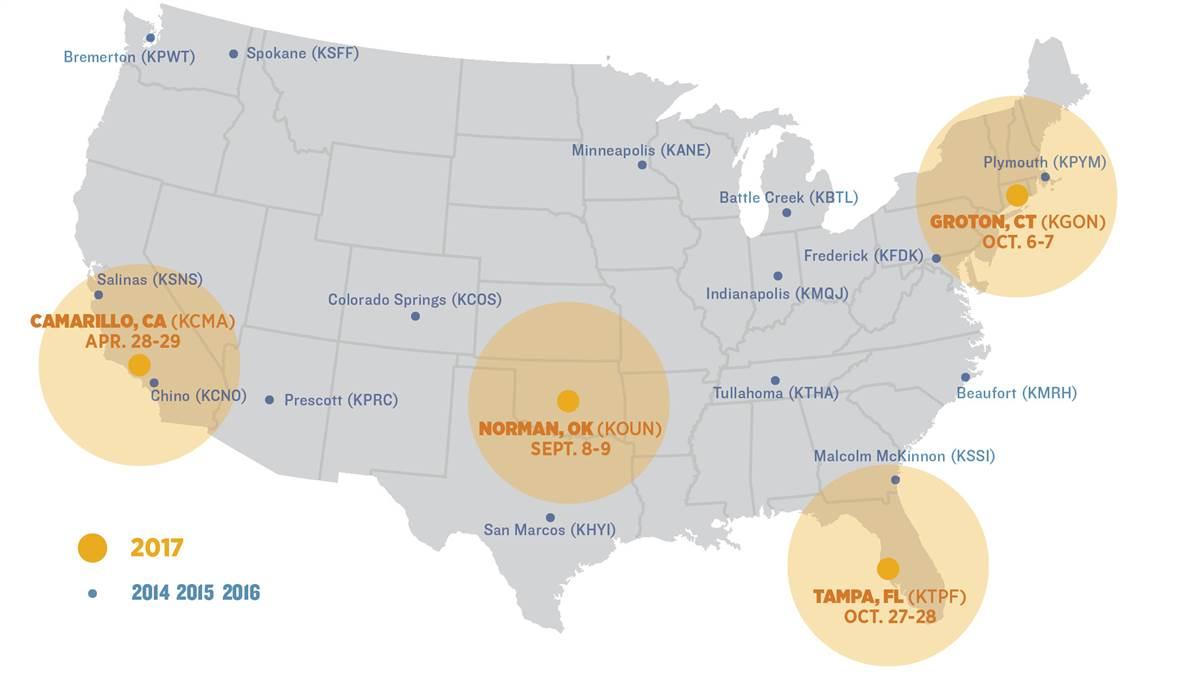
AOPA has purposely sought to move its events around the country, to hit new states whenever it can, and to visit new regions of the country. The association will likely repeat locales in some of the higher density areas of the country more often—places such as New England and California. But over time, AOPA wants to hit as many states and regions as it can.
“Sites are selected through a combination of equally important factors—where does it sit in the nation in relation to our goal of moving around the country? How engaged, enthusiastic, and focused is the aviation community and leadership? And how strong is the physical infrastructure and capacity of the airport to handle such a large event?” Eads said. “Other factors weigh in—terrain, weather, airspace, available dates, conflicts with other aviation events in the region. But the three most important are location, community engagement, and capacity.”
The 2017 Fly-Ins are beng expanded to two-day events featuring expanded and improved seminars and workshops. Check the website for continual updates.
Web: www.aopa.org/fly-ins
Products and Services: Pilot Protection Services
Filing a NASA report
Seek legal advice early in the process
By Chad Mayer
Pilots often realize immediately when they inadvertently deviate from an assigned altitude or clip the edge of restricted airspace. Even without confirmation that ATC noticed, a pilot should consider whether it is appropriate to file a report with the NASA Aviation Safety Reporting System (ASRS). Of course, if you hear the phrase “N-One-Two-Three-Four-Five, possible pilot deviation,” then you are officially on notice. This is called a Brasher Notification, and—in addition to a request to call the ATC facility—it can potentially lead to a conversation with an FAA inspector.
Sometimes an inspector will contact an airman about a flight that occurred weeks or months earlier that was, from the airman’s perspective, uneventful. I’ve counselled pilots who have received such letters and were unaware of any problem during the flight.
First, it may not be too late to file a NASA form. According to Advisory Circular 00-46E, the 10-day clock starts ticking from the violation date, “or date when the person became aware of or should have been aware of the violation.” If it is debatable whether the pilot should have been aware initially, an argument may be made that the pilot was not aware until the date of contact by the inspector, making the report timely. A report filed late will not prevent the FAA from imposing a certificate action or civil penalty, but even a late report is evidence of the airman’s constructive attitude that may prevent future violations. Filing a report, even if late, is advisable.
Second, keep in mind that even if you hear from the FAA unexpectedly, you are entitled under the Pilot’s Bill of Rights to air traffic data such as recorded audio or radar data. Since you were not on notice at the time, you may have missed the opportunity to preserve data that could be useful in your defense. This makes it important that you exercise your right to review the FAA’s data.
A third recommendation is to not make any admissions. One pilot received a letter six months after the flight in question, and he had no memory of the flight since it seemed routine at the time. It is important not to speculate on what may have happened.
Unintentional pilot deviations that are the result of issues such as minor mistakes or diminished skills are within the scope of the FAA’s compliance philosophy, which focuses on resolving these matters through education, training, or counseling. It is wise to keep your rights in mind and seek legal advice.
Chad Mayer is an in-house attorney for the legal services division of AOPA’s Pilot Protection Services.
Ask Jim
Insurance for builders
By Jim Pinegar, vice president and director of AOPA Insurance Services
Q: I am starting to build my own aircraft. When do I consider some form of insurance?
A: You’ll want to consider a builder’s risk policy. This policy can cover the value of the kit, engine, and all stages of the build. I recommend this type of insurance, even if the aircraft is being built in the garage, since homeowners policies have exclusions for aircraft and aviation-related activities. This type of policy won’t cover items damaged because of a build mistake, but it will cover the value of the components and the value as the aircraft is assembled. Be clear what make and model of aircraft you are building when you secure builder’s risk coverage. It’s best to place the builder’s risk coverage with a carrier that will later insure that aircraft for full flight coverage when the build is complete.
Have questions? Email [email protected]
Answers for Pilots
Pilot Information Center videos available
By Kathy Dondzila
More than 200,000 members contact AOPA’s Pilot Information Center (PIC) every year with questions on a wide variety of topics. While the staff strives to provide excellent one-on-one responses through a phone conversation or email, it has also begun a new initiative to reach out to members who prefer to find their information online.
A new series of two-minute videos, available on AOPA’s website and on AOPA’s YouTube channel, addresses the most often-asked questions on aircraft ownership; health conditions and their effect on airman medical certification; and international flying to bordering countries, north and south. In these videos, you will hear a recording of a member question; and see the answer with video footage, as well as charts, graphs, and other information, as appropriate.
Aircraft ownership topics include purchasing an aircraft, selling an aircraft, and aircraft upgrades. International topics cover the International Civil Aviation Organization flight plan form, flying to Canada, and flying to Mexico. Medical topics focus on two prevalent conditions, hypertension and diabetes, and what to do to keep your medical certification if you have one of these health conditions. To view these videos, visit the website (www.aopa.org) and search by title. Or, search for AOPA Pilot Information Center on YouTube. If you have questions, please give us a call Monday through Friday, 8:30 a.m. to 6 p.m. at (800) USA-AOPA (872-2672) or email [email protected].
Kathy Dondzila is AOPA technical communications manager and an instrument-rated private pilot.
AOPA Foundation: Air Safety Institute
Are you in it to win it?
ERAU student third quarter winner in ‘Learn and Earn Safety Challenge’
Embry-Riddle Aeronautical University student Jackson Wieland has been interested in flying for as long as he can remember. He became involved in aviation while living near the U.S. Air Force Academy in Colorado, which his father attended in the 1990s. His dad would point out the different aircraft flying over their house and explain how they worked and what they did. “I started my flight training when I was 16, aiming at getting my license on my seventeenth birthday,” said Wieland.
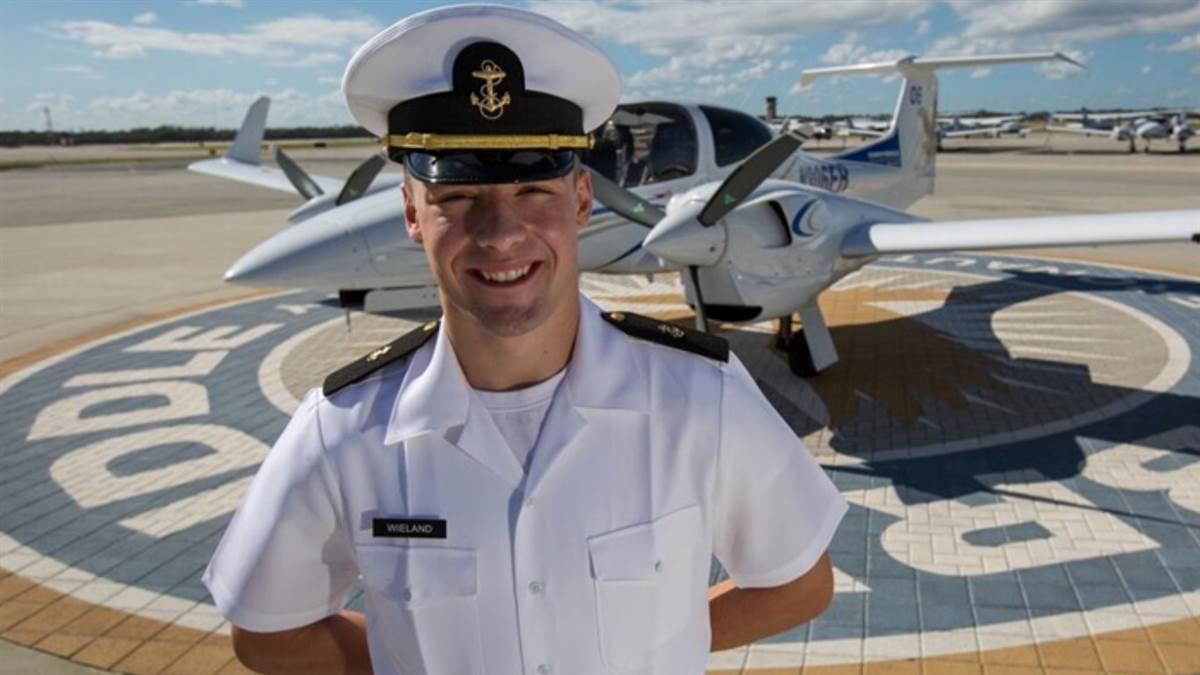
After graduation he has plans to go to Pensacola, Florida, and become a naval aviator with the goal of flying off aircraft carriers. Wieland—whose participation in the AOPA Air Safety Institute Learn and Earn Safety Challenge won him a Garmin GDL 39 ADS-B receiver for the iPad—said of his aviation journey: “I got my ground training with an outstanding organization in Colorado Springs called AEFCO [Aviation Education Foundation of Colorado, Inc.]. AEFCO is an amazing program and opportunity for high school students in the area. They give free ground school to classes of 25 students a year, pay for flight training of the higher-performing students, and mentor them on the different tracks they can take with a flying career,” he said. Wieland studies aeronautical science with a military pilot specialty at Embry-Riddle in Daytona Beach, Florida. “The school is the reason I won the Garmin GDL 39 in the first place. For my instrument pilot class, we are required to complete AOPA courses as part of our supplementary education. The class started doing more AOPA courses on their own time when they found out that amazing prizes could be won for completing them. In addition to my studies, I am a midshipman 4/C in the ERAU NROTCU, United States Naval Reserve. The desire to serve my country has always been one of the most prominent forces that has shaped my life and given me motivation to excel in what I do to get where I am today.”
Free seminar debuts
Nontowered case studies:What went wrong?
 If you’ve been to an ASI safety seminar, you’ve experienced learning through shared fun and camaraderie. Expect no less when attending ASI’s winter seminar, which debuts January 9. Together with expert presenters, you’ll play the role of accident investigator—starting at the crash scene and working backward through physical evidence, eyewitness testimony, and other leads to figure out what went wrong, and why.
If you’ve been to an ASI safety seminar, you’ve experienced learning through shared fun and camaraderie. Expect no less when attending ASI’s winter seminar, which debuts January 9. Together with expert presenters, you’ll play the role of accident investigator—starting at the crash scene and working backward through physical evidence, eyewitness testimony, and other leads to figure out what went wrong, and why.
What will you investigate? Real-life accidents in the nontowered environment. Flying at nontowered fields is a balancing act. Especially on busy days, it requires concentration, communication, sharp eyes, solid stick-and-rudder skills, and the ability to improvise at a moment’s notice. Sometimes the error margin is slim—as you’ll discover from the investigation.
Visit the website for upcoming dates and locations near you. Icons identify if it’s a fly-in or unique aviation location.
This seminar is brought to you by AOPA Insurance Services.
AOPA Aviation Finance
Five reasons for preapproval
Make sure you’re ready, when you’re ready to buy
When you are preapproved for an aircraft loan, the lender will provide a dollar limit that it is willing to lend you based on your unique financial situation. With most preapproved loans, you can lock in the rates for a specific period. For example, AOPA Aviation Finance lenders can lock in your rates for 30 to 60 days. Here are some factors to consider when determining whether a pre-approval makes sense for you.
1. Applying for a preapproval helps you narrow your search. Finding the right airplane can be overwhelming. When you apply for a loan in advance of finding that perfect airplane, you will have a dollar limit and a plan. You’ll know exactly how much you can spend.
2. You’ll spend more time looking for the one airplane that’s exactly right for you. Since the financing portion is set, you can maximize your time to search and research airplanes that fit your needs. It’s easy to get sidetracked in your search and waste time looking at airplanes that aren’t right for you.
3. You’ll avoid disappointment, frustration, and embarrassment. Avoid the broken heart of finding the right airplane, only to find out you aren’t approved for that amount of money. Also, certain aircraft can require more stringent financing terms, making the purchase impractical. To find out at the last minute is a huge disappointment—but what may be worse is the embarrassment of having told other pilots, family, and friends about the airplane you’re about to own when the deal can’t be made.
4. A preapproved loan increases your negotiating power with the seller. With a preapproved loan, the seller has confidence that the sale won’t fall through at the last minute because the buyer isn’t approved. In fact, when there are multiple offers for the same airplane, the seller is more likely to go with the buyer who has been preapproved, because there should be no surprises down the road.
5. You’ll have a faster closing. All the paperwork gathering and application processing will be in the past, so you can move quickly ahead to the prebuy inspection and the purchase.
Finding the right airplane can be overwhelming. When you apply for a loan in advance of finding that perfect airplane, you will have a dollar limit and a plan.AOPA Aviation Finance can help you get preapproved loans. Don’t forget: All net income goes back into AOPA to protect our freedom to fly, support the general aviation infrastructure, and grow the pilot population. Fill out a quick form online and get the process started, or you can call 800-62-PLANE (75263) to determine the loan that works best for you.
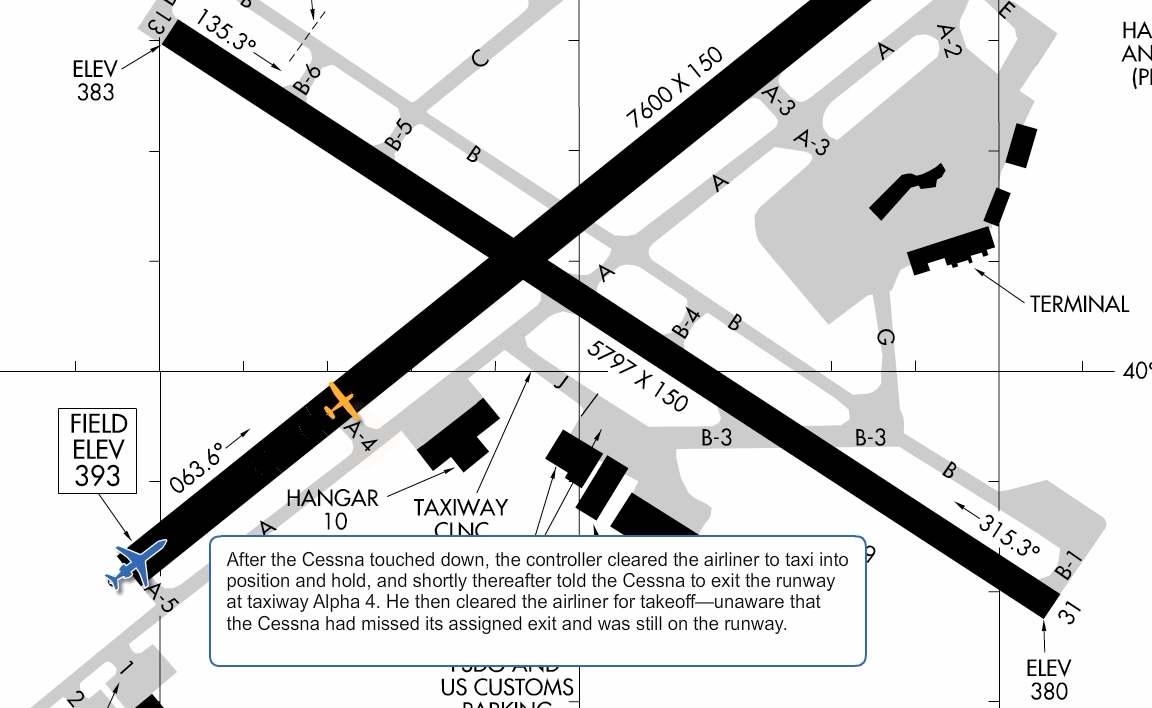 Join Jackson Wieland in the Air Safety Institute Learn and Earn Safety Challenge
Join Jackson Wieland in the Air Safety Institute Learn and Earn Safety Challenge 
